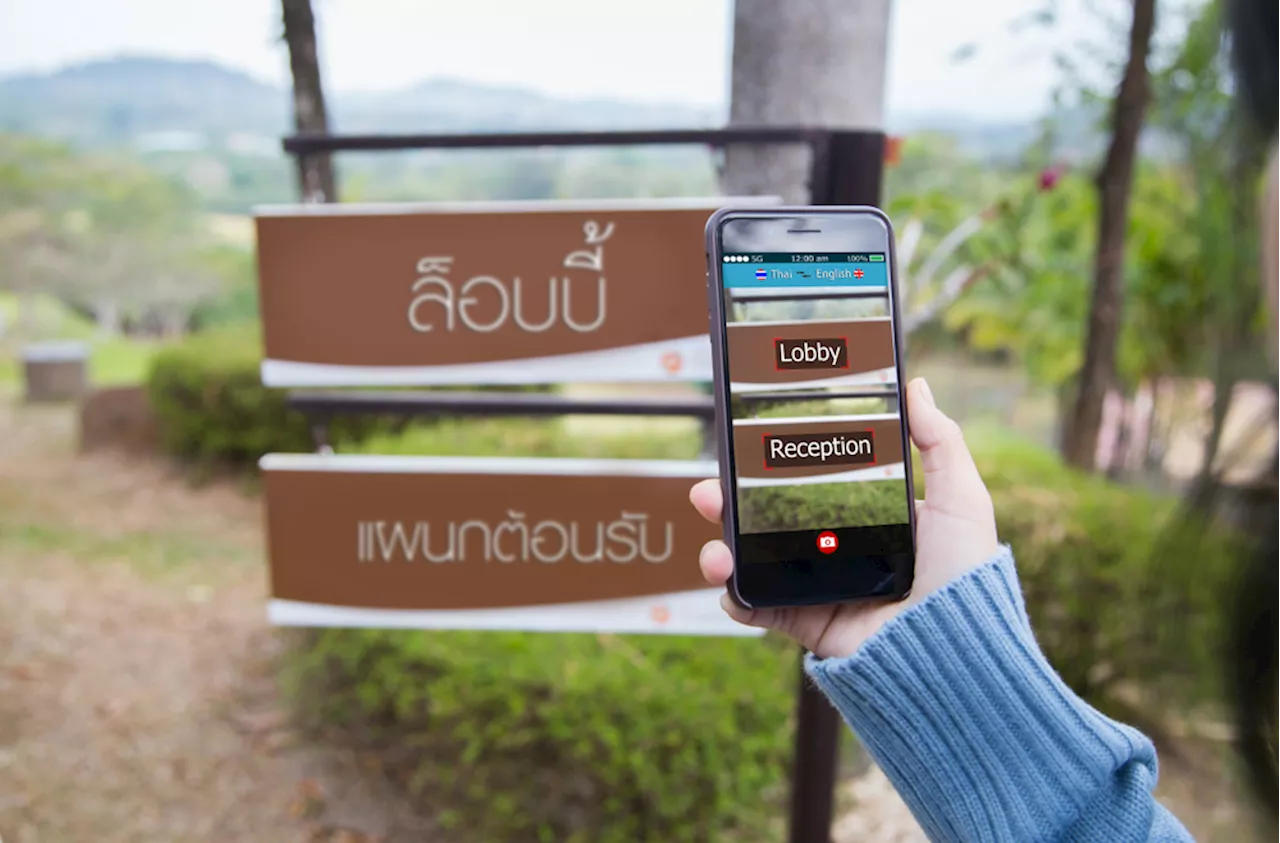This article explores the history of language translation, from its early roots in dictionaries and clay tablets to the modern era of artificial intelligence. It highlights key advancements, including early computer experiments, the rise of machine translation systems like SYSTRAN and Babel Fish, and the transformative impact of neural machine translation.
Back in the days of yore, language translation was a highly specialized profession, critical for coordinating diplomacy or international trade. The first bilingual dictionary book,
“The idea of online translation was something that people strived for when computers began,” says Jaroslaw Kutylowski, the CEO of DeepL, a company that provides translation services using neural systems. “The Committee indeed believes that it is wise to press forward undaunted, in the name of science, but that the motive for doing so cannot sensibly be any foreseeable improvement in practical translation,”
“That’s a lot of work, and it requires combined effort by linguists and coders,” Kutylowski says, adding that it gets even more complicated with languages with “incredibly complicated grammar” like Japanese or Finnish. But machines are still apt to miss things like context, making words with two or more meanings sometimes hard to translate. But in 2016, artificial intelligence had opened new possibilities for machine translation. Google began to work with neural machine translation, which essentially meant creating a neural network that wouldn’t just translate words or phrases, but entire passages.
History LANGUAGE TRANSLATION AI HISTORY COMPUTERS NEURAL MACHINE TRANSLATION
United States Latest News, United States Headlines
Similar News:You can also read news stories similar to this one that we have collected from other news sources.
 AI Sign Language Recognition Accuracy Boosted by Facial Expressions and Body LanguageResearchers at Osaka Metropolitan University have significantly improved the accuracy of AI in recognizing word-level sign language by incorporating data on hand and facial expressions, as well as skeletal information on hand position relative to the body. This breakthrough has the potential to enhance communication for the hearing-impaired worldwide.
AI Sign Language Recognition Accuracy Boosted by Facial Expressions and Body LanguageResearchers at Osaka Metropolitan University have significantly improved the accuracy of AI in recognizing word-level sign language by incorporating data on hand and facial expressions, as well as skeletal information on hand position relative to the body. This breakthrough has the potential to enhance communication for the hearing-impaired worldwide.
Read more »
 Kneecap's Sundance Hit Explores Irish Language Revival and Political FuryThe Irish language rap group Kneecap made waves at Sundance with their biopic, the first Irish language film to debut there. The film interweaves their rise to fame with the contemporary revival of Irish language and culture, set against the backdrop of protests for the Irish Language Act.
Kneecap's Sundance Hit Explores Irish Language Revival and Political FuryThe Irish language rap group Kneecap made waves at Sundance with their biopic, the first Irish language film to debut there. The film interweaves their rise to fame with the contemporary revival of Irish language and culture, set against the backdrop of protests for the Irish Language Act.
Read more »
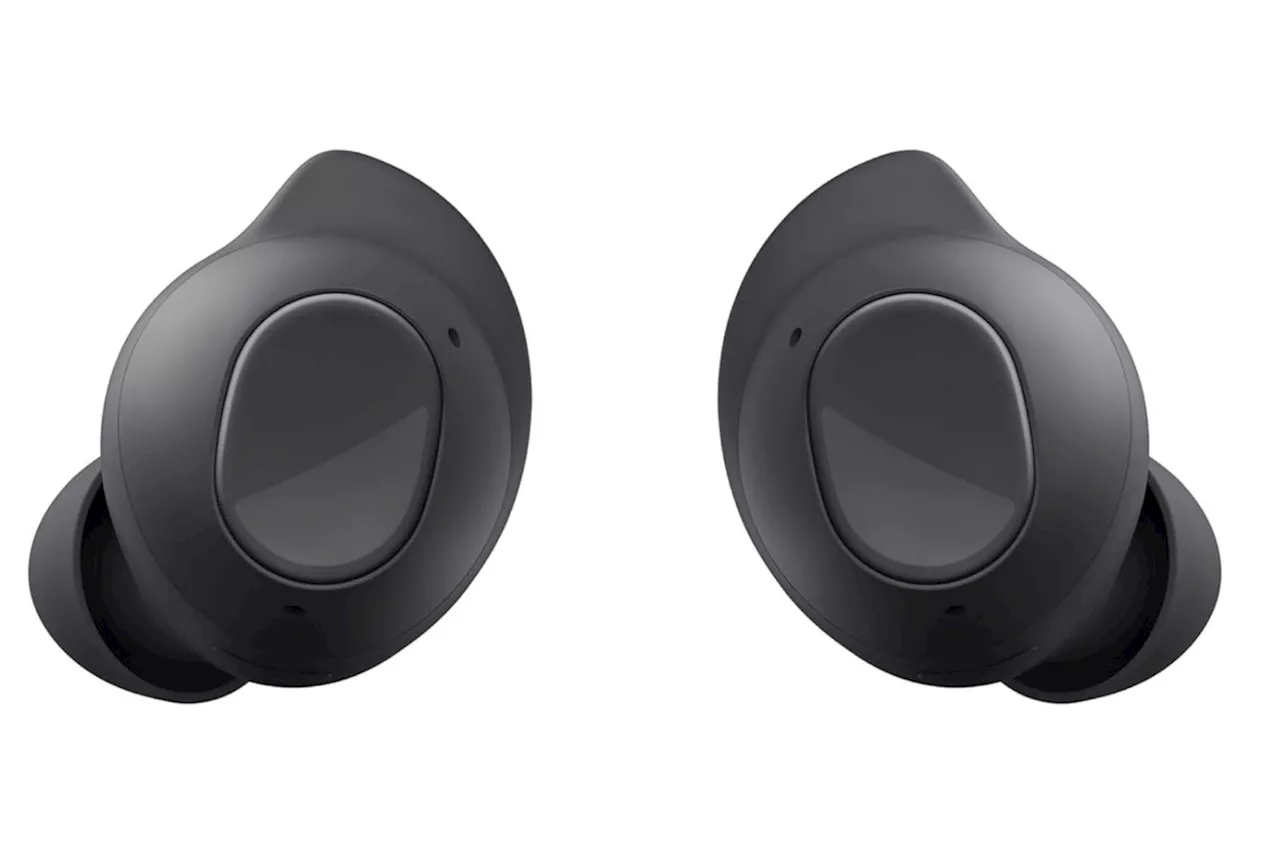 Wireless Earbuds with Translation Feature and ANCThese innovative earbuds offer a groundbreaking translation feature, comfortable fit, and excellent Active Noise Cancellation (ANC) at an affordable price.
Wireless Earbuds with Translation Feature and ANCThese innovative earbuds offer a groundbreaking translation feature, comfortable fit, and excellent Active Noise Cancellation (ANC) at an affordable price.
Read more »
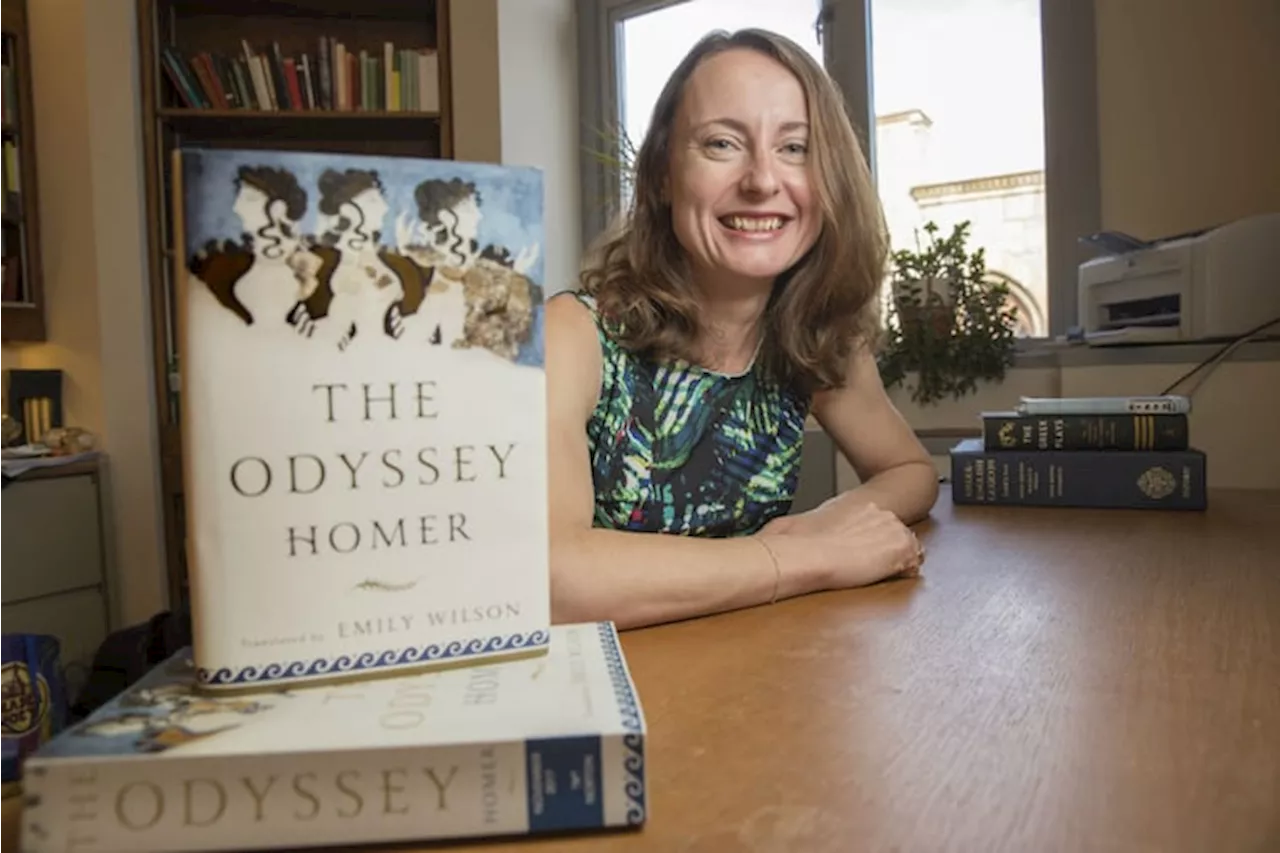 Christopher Nolan's 'The Odyssey' Sparks Debate on Translation and InterpretationDirector Christopher Nolan's upcoming film adaptation of Homer's epic poem, The Odyssey, has ignited a conversation about the various translations and interpretations of the ancient text. Emily Wilson's groundbreaking translation is receiving particular attention for its modern approach and focus on female characters.
Christopher Nolan's 'The Odyssey' Sparks Debate on Translation and InterpretationDirector Christopher Nolan's upcoming film adaptation of Homer's epic poem, The Odyssey, has ignited a conversation about the various translations and interpretations of the ancient text. Emily Wilson's groundbreaking translation is receiving particular attention for its modern approach and focus on female characters.
Read more »
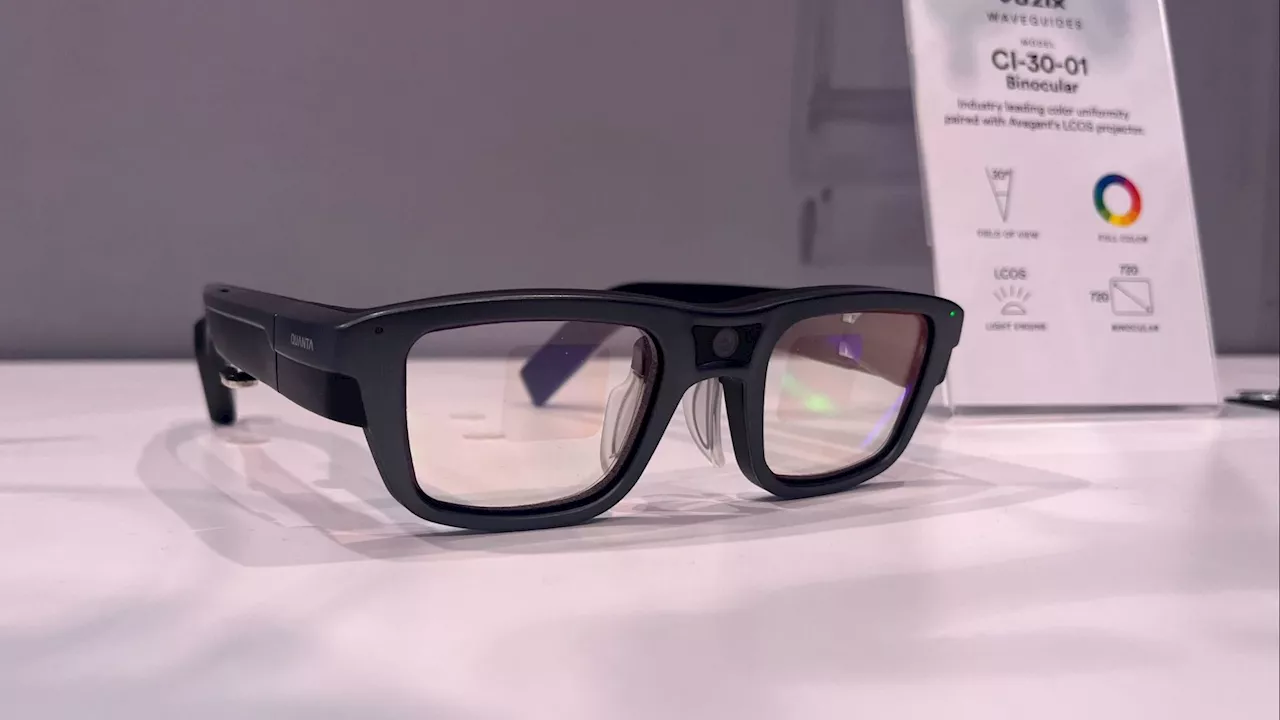 AI-powered smart glasses serve as projector for knee surgery assistance and translationIn addition to its smart glasses platforms, Vuzix is showcasing cutting-edge waveguide technologies tailored for AI-driven applications.
AI-powered smart glasses serve as projector for knee surgery assistance and translationIn addition to its smart glasses platforms, Vuzix is showcasing cutting-edge waveguide technologies tailored for AI-driven applications.
Read more »
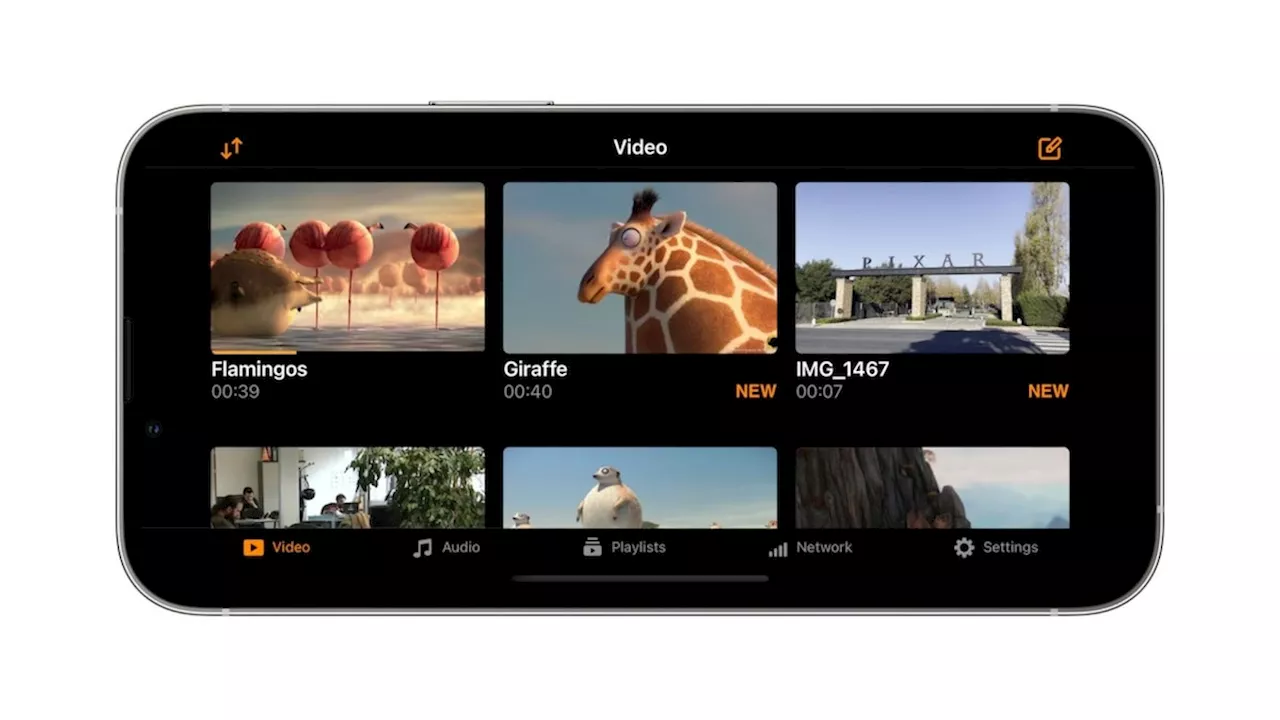 VLC Adds AI-Powered Real-Time Subtitles and TranslationVLC Media Player has unveiled a groundbreaking new feature that uses AI to automatically generate and translate subtitles in real time. This offline functionality, powered by local, open-source AI models, supports multiple languages and promises to revolutionize the way we consume foreign films and content.
VLC Adds AI-Powered Real-Time Subtitles and TranslationVLC Media Player has unveiled a groundbreaking new feature that uses AI to automatically generate and translate subtitles in real time. This offline functionality, powered by local, open-source AI models, supports multiple languages and promises to revolutionize the way we consume foreign films and content.
Read more »
